Property Geek
We provide the actual and accurate information with unbiased user driven reviews to our viewers, to help them see the best and find the best!
View posts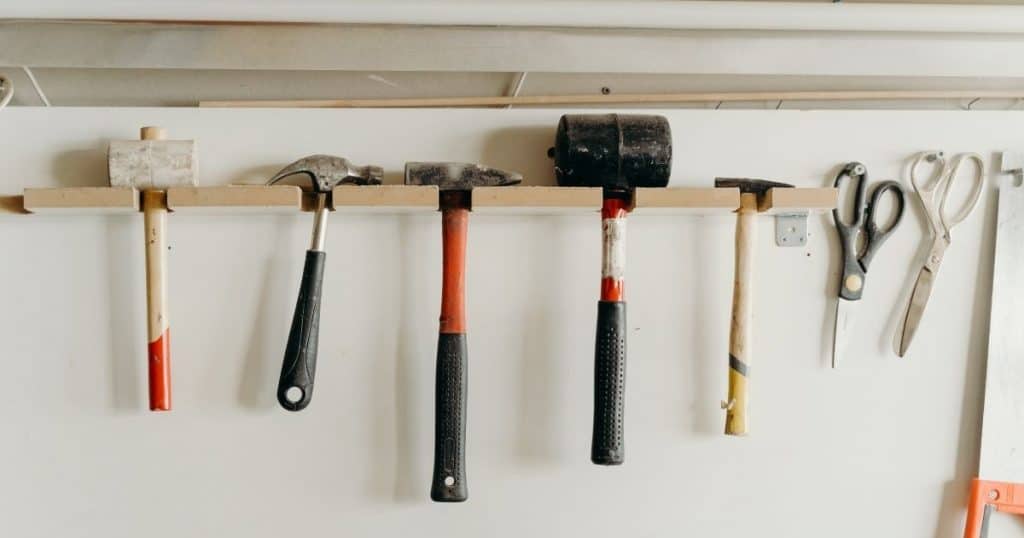
The knowledge of which tool to hammer for what job is of utmost importance while DIYing or while on a professional task. However, it could be an unnerving process and the wrong hammer means unfortunate mishaps. There are loads of different kinds of hammers and choosing the right one is what we’ll help you in. You do not want shoddy workmanship or worse, an injury.
Every hammer is constructed in different ways and is meant for different purposes. For instance, a blacksmith’s hammer will find no purpose for a person DIYing a product for home decor. So let’s dive deep and explore an entire list of hammer names and uses.
The standard types of hammers are those found on everyday shelves and DIY kits. These hammers are what you would need for your kit if you are out hammering away.
Special types of hammers cannot be found in a usual hardware store. These are used for very specific jobs and you wouldn’t need one every day. Some of them are similar to the common ones but differ in weight, shape, and size.
Let’s take a closer look at the most commonly used hammers. The point to be noted is that it doesn’t explain the entire list of hammers but only the most important and common ones.

A ball Peen hammer is also called a machinist’s hammer. It has two heads, a flat one and a round one and are typically used in metalwork but also in striking chisels and punches and rounding off the edges on a rivet.
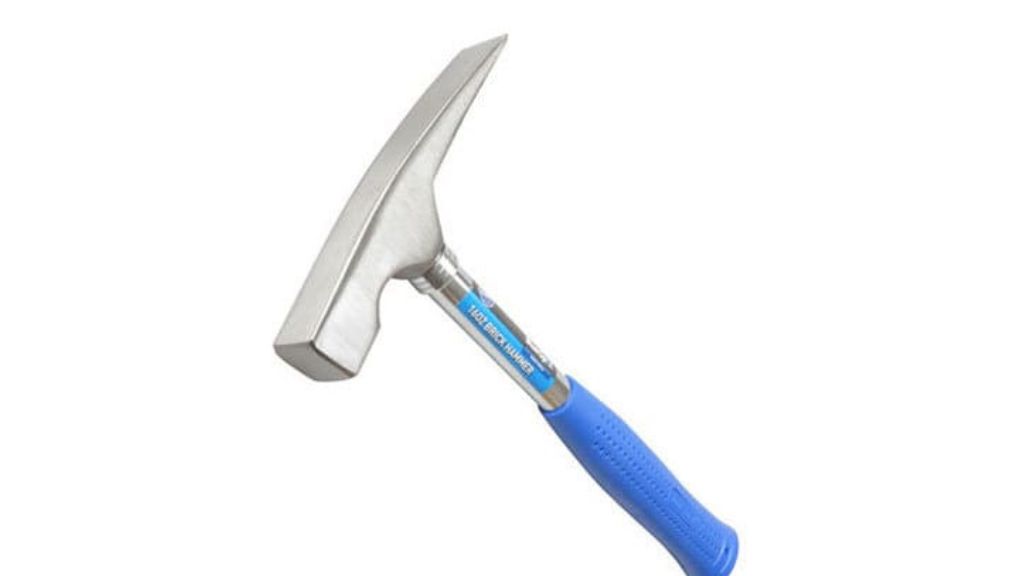
Brick hammers are mentioned as the stonemason’s hammer as it is used to break off pieces of stone, concrete, and/or brick. With a flat face and a blade that is similar to a chisel at its end, their heads are made from high-grade steel and their handles from hardwood or fiberglass.

Claw hammers are one of the most usual types of hammers. It is used to pull or drive nails out of objects and can be picked out by its flat head and a namesake claw. However, it is not to be used for heavy hammering unlike ball-peen hammers. They are forged from soft steel alloys and fiberglass but can also be forged as a piece with the same material used for the head and the body.
Certain claw hammers have a waffle-faced head. These are used for increased precision even though they will leave a lingering mark of the hammer on the smooth surface. The smooth-faced hammers however would leave no such mark.
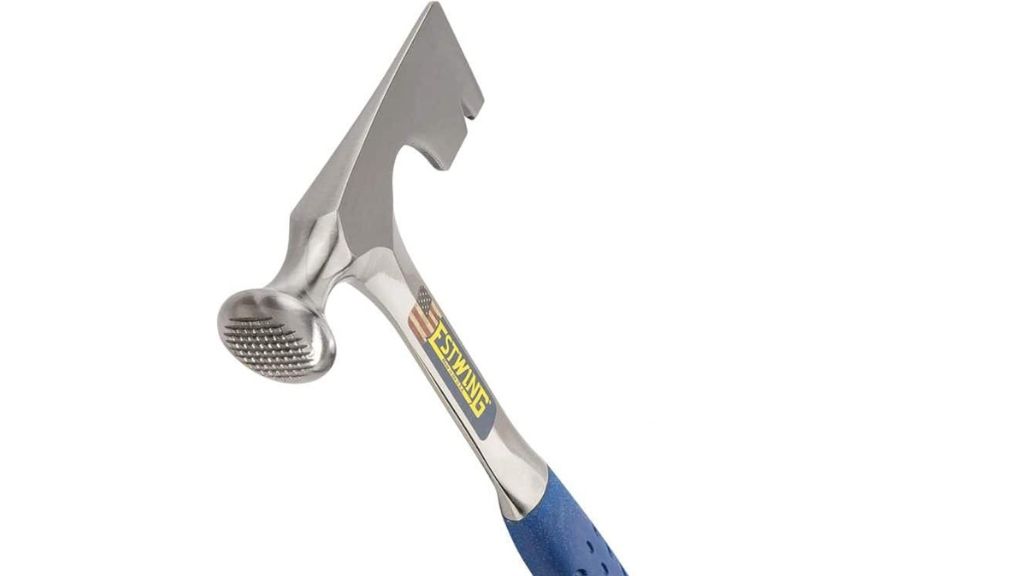
Drywall hammers have a small hatchet-shaped back and a jagged front face. It is commonly known as a plasterboard hammer and is a lightweight straight peen hammer that is used to make cuttings in the drywall. These cuttings are for electric outlets and other such cravings into the drywall. Also, drywall hammers are used for driving and pulling nails into the drywall.
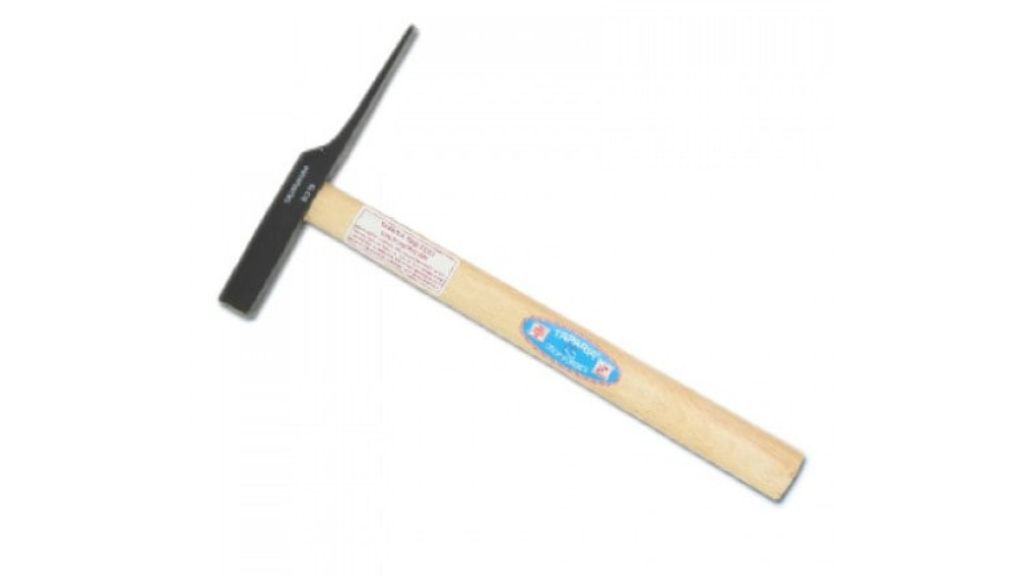
Electrician hammers are identical in appearance to claw hammers, the difference being a rubber-coated grip and an insulated fiberglass handle. It is constructed in such a way that it can be used for electrical trade and is identifiable with its long striking face that helps workers to work effortlessly in tighter areas.
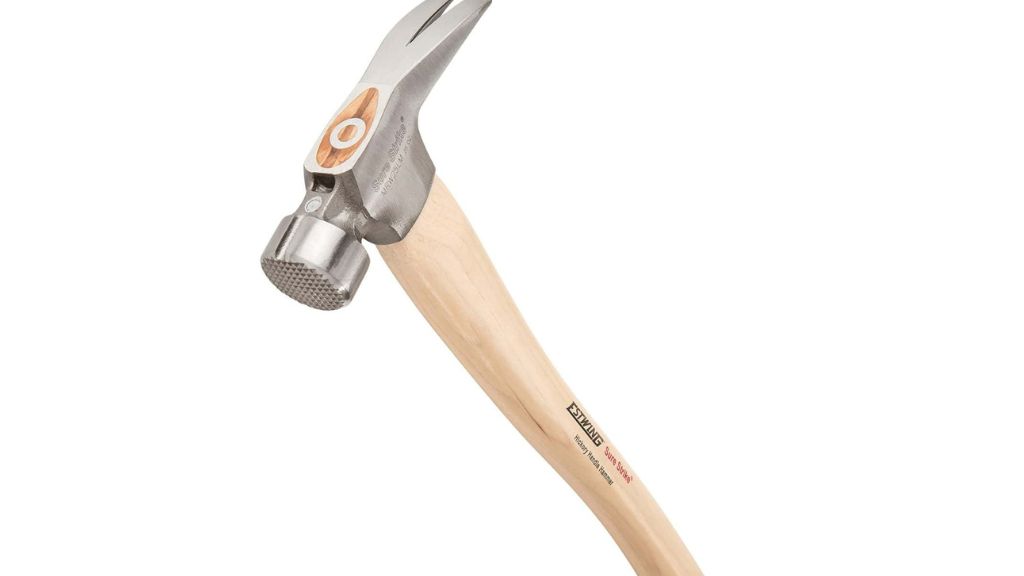
Framing hammers are a special type of claw hammers with twice their weight. A standard claw hammer will weigh 16 ounces whereas a framing Hammer weighs up to 32 ounces. It has a waffled striking face that helps contactors to drive nails into objects without slipping.
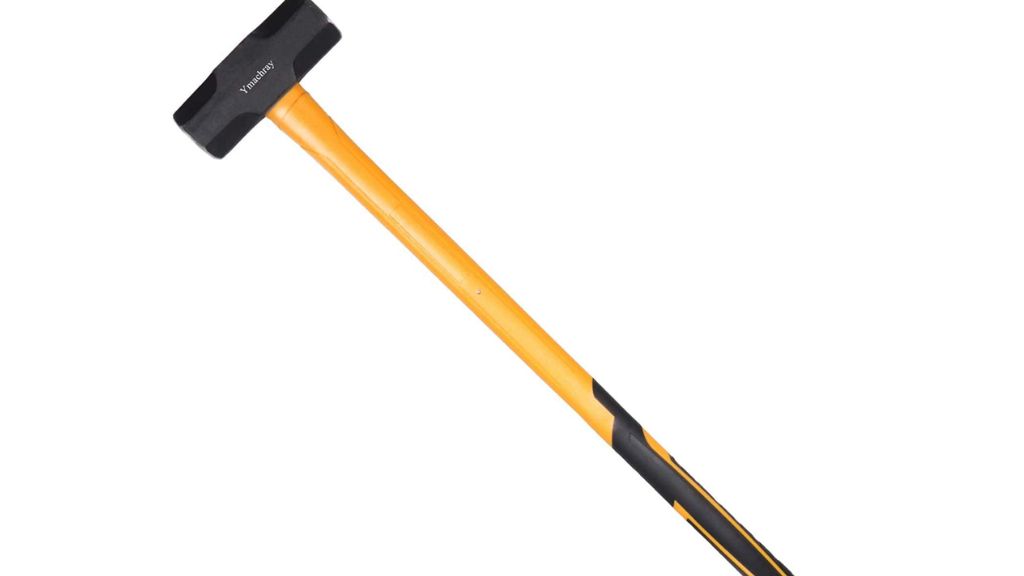
Sledgehammers are for demolition work or driving stakes. They have long handles that stretch from feet to over 3 feet. The head of the sledgehammer weighs about 20 pounds making it ideal for demolition. Their handles are usually wooden but can be made of fiberglass as well.
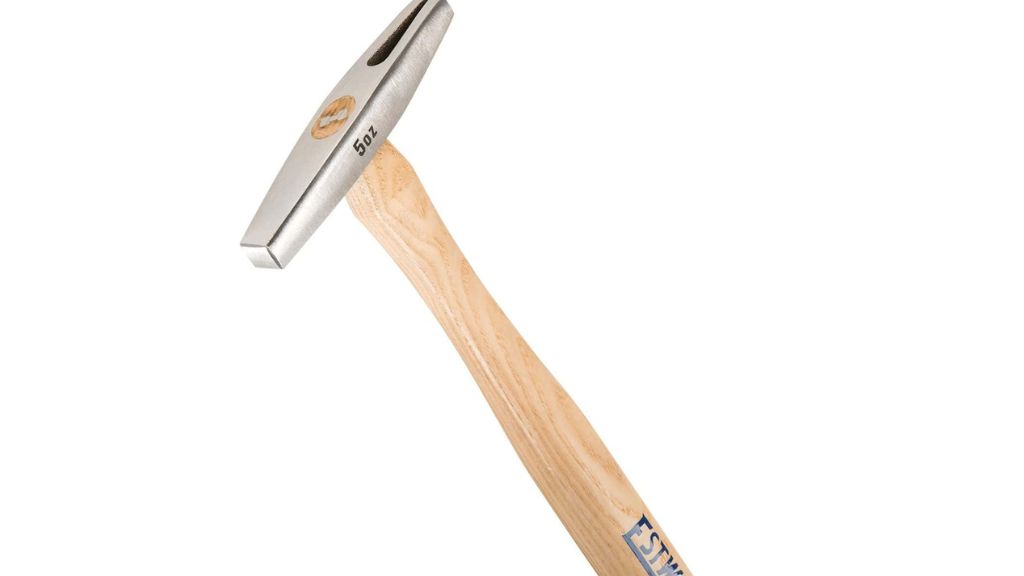
Upholstery hammers are the other name for tack hammers. It is a lightweight tool and is used to drive upholstery into furniture or any other surface. Tack hammers have two faces with a magnetized split side to place tacks precisely.
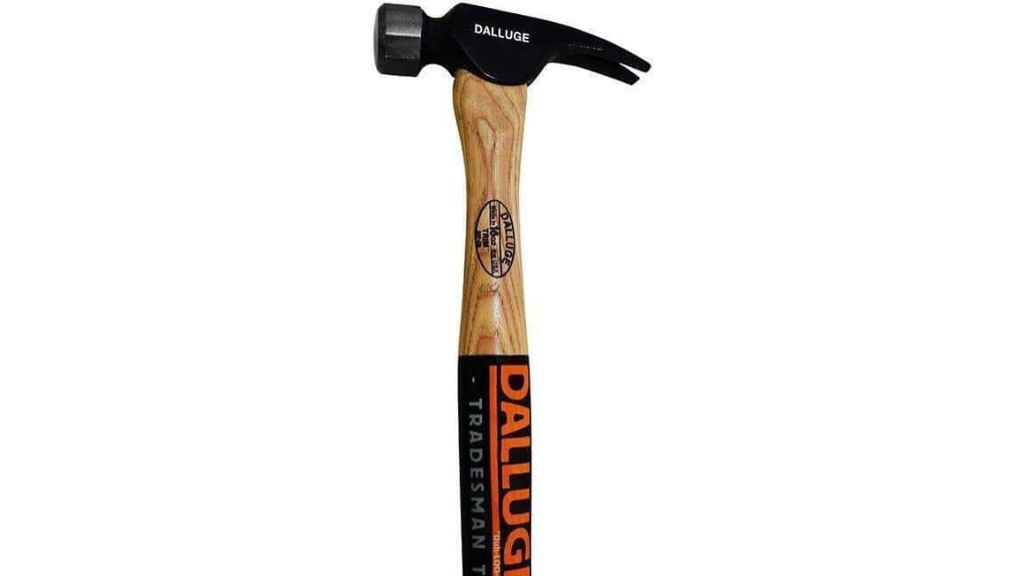
The weight and size of trim hammers are similar to tack hammers. It has a straight claw that is rather small in size at one end that is used to drive nails without any damage to the nearby work area. Thus, it is also a type of claw hammer.
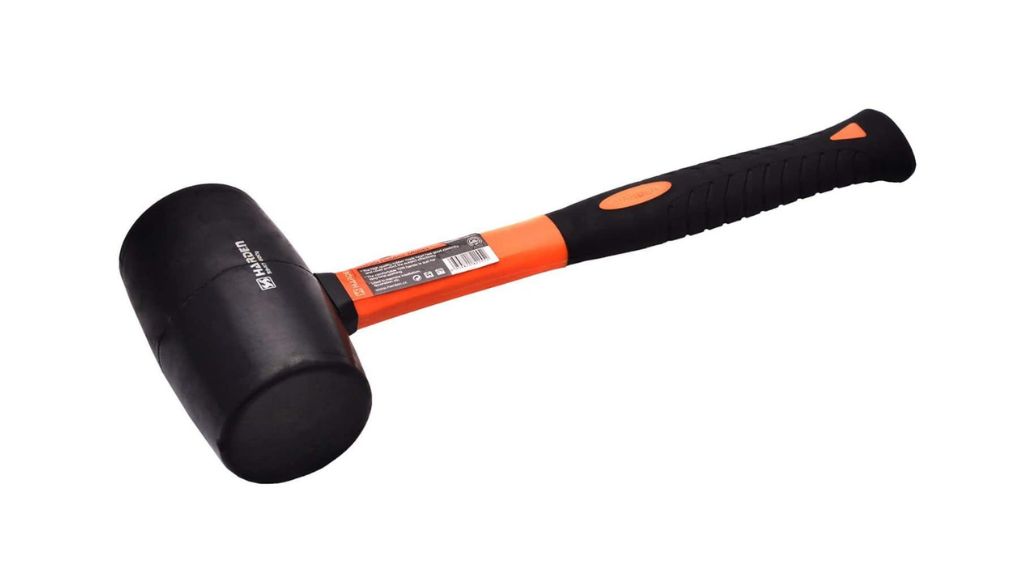
A rubber hammer, also known as a mallet, features a rubberized head ideal for tasks requiring a softer touch. It’s commonly used in woodworking, flooring installation, and delicate assembly work. The rubber material minimizes the risk of damaging surfaces while still providing sufficient force for effective results. This versatile tool is a staple in any toolkit, offering versatility and precision for a wide range of applications. Whether you’re assembling furniture, tapping objects into place, or working with fragile materials, the rubber hammer is an essential companion for any DIY enthusiast or professional tradesperson.

A mallet hammer, often simply called a mallet, is a specialized type of hammer characterized by its large, usually wooden head. Unlike traditional hammers with metal heads, mallets are designed for tasks that require a softer impact, such as woodworking, cabinetmaking, and leatherworking. The wooden head of a mallet distributes force evenly, reducing the risk of damaging delicate surfaces or materials. Mallets come in various sizes and shapes, with some featuring rubber or plastic heads for added versatility. Whether you’re shaping wood, driving chisels, or assembling joinery, a mallet is an essential tool in any craftsman’s arsenal. Its gentle yet effective striking power makes it indispensable for precision work where finesse is paramount.
It’s easy to let your budget get out of hand while attempting to buy the best tools in the market. Remember that you get what you pay for so beware of lost cost items as their quality will be as low as the price too. It could be made with cheap and flimsy materials that will hinder your workmanship. They may be completely counterfeit ones with fake branding and limited durability.
While the cost of the project in hand might be a cause of immediate concern, investing in the right tools of the right quality is also of high importance. You can be prepared for all the future projects that are about to come as a quality hammer can pay itself for many times over when compared to a shoddy hammer. These hammers won’t outlast the projects that you use them for.
The choice of materials for hammers is of utmost importance to maintain their durability and work performance. Reliable materials are fiberglass, titanium, and high-carbon steel that absorb the impact of repeated strokes. Some examples of unreliable materials are wooden handles and high iron content handles. These materials can become fragile over repeated use.
Tools made of unreliable materials are cheaper but more durable materials would be worth your money. Let’s break down the maths, if you have to buy a new hammer every two years then is it worth the money? If you on the other hand buy a durable one it could last your 10 to 20 years.
Remember that the quality level of your hammer depends on the purpose of its use. Hammers to drive in or break up of materials need to be made of highly durable materials. However, those designed for light work could be made out of wood, copper, or even plastic.
In addition to considering the materials, note that certain projects could require certain add-ons. For instance, if you need to strike with force with a softened strike, you should consider a rubber mallet cap with a smooth face nailing hammer or a milled face framing hammer. This would prevent future damages.
The smartest move is to buy hammers from a veteran company as their reputations hinge on their product quality. Such veteran-owned tools will last you years with no replacement. Also, remember to check out for warranties as some manufacturers offer better warranty periods than others.
Nearly 30,000 injuries have been reported in the United States alone occurring due to the simple lack of knowledge about the know-how of hammers. So, here’s a list of the best practices to follow to avoid becoming a part of these numbers.
After having your thoughtful purchase remember to properly store it away so that it lasts years. Your investment shouldn’t go to waste by letting your tool degrade with no proper storage. You could purchase a hammer rack or a toolbox and keep it in a moisture-limited area as this may lead to rust. A military-grade industrial composite case could be a plus. A dehumidifier or a moisture-absorbing silica gel pack could also be put to use to remove moisture from the area.